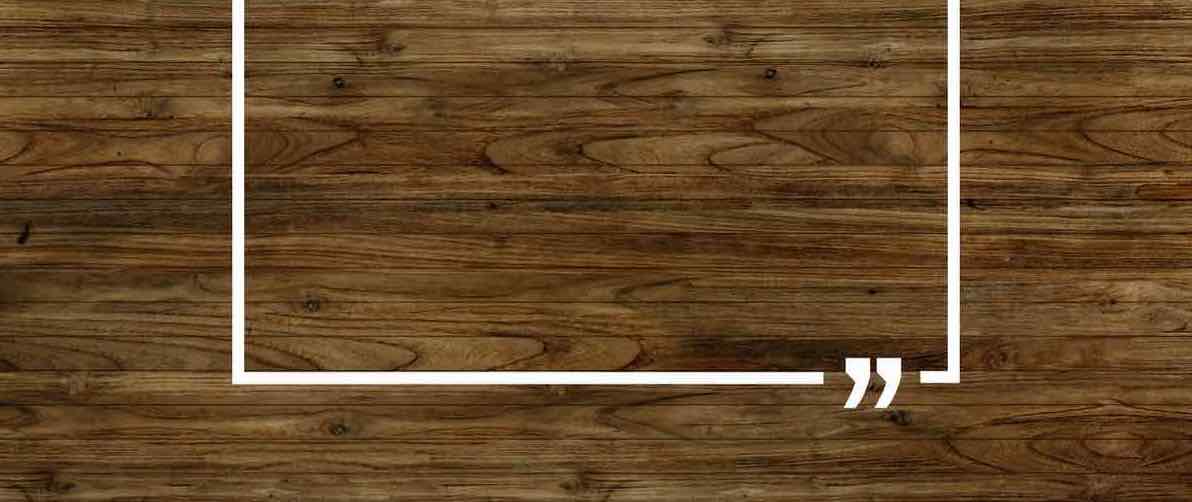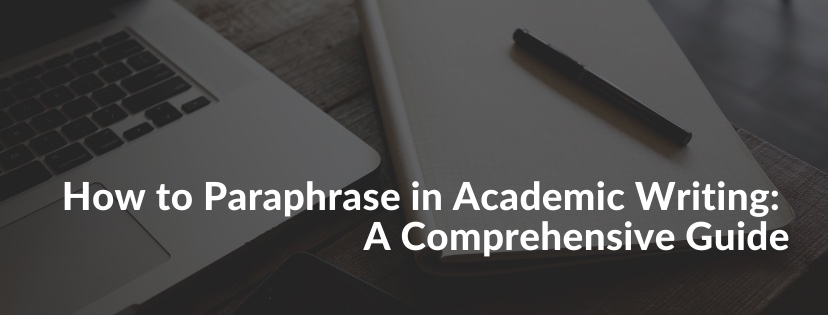Plagiarism has caused many problems for researchers over the years. Many people have faced many severe issues, from content writers to the affected people by plagiarism.But, research or any other content has no room for duplicate content. Thus, what exactly is it? And how do you eliminate its possibilities?

For all authors, their works are of great importance to them. However, when such works are copied or recreated without permission, it becomes unethical and unlawful in academic view. In such instances, plagiarism checkers become a very convenient and useful tool.
Plagiarism has caused many problems for researchers over the years. Many people have faced many severe issues, from content writers to the affected people by plagiarism.But, research or any other content has no room for duplicate content. Thus, what exactly is it? And how do you eliminate its possibilities?
Research paper plagiarism is a massive problem in today's academic world. It is beyond a matter of the student being caught and penalized. Still, it also affects the reputation of the institution where they are studying.
When writing an essay, one should always double-check their work using a plagiarism checker before submitting it for assessment because many types of plagiarism can be committed, depending on the context. The two most common types are:
Intentional plagiarism occurs when the researcher copies or paraphrases another person's work and passes it off as their own.
Accidental plagiarism is when a researcher observes another writer's work without knowing. It could also happen when a writer accidentally forgets to cite the source.
Researchers must be careful with how they refer to other people's work in their writing to avoid plagiarism. It can be done using parenthetical citations or footnotes to ensure the reader knows where you had your information.
In any research, removing plagiarism is necessary. It is a critical issue for a student or a professional. It is essential to eliminate plagiarism and retain credibility as a research writer.
In this section, we will explore 6 steps and practices that you can employ to steer clear of plagiarism in research.
Originality is one of the key requirements of any content. The work must be outstanding and integral to stand out against other research papers. For that, you need original ideas and topics.
As similar topics are one of the primary reasons for plagiarism, it also helps to come up with something unique. Hence, how exactly do you lead with originality? Here are a few things to remember:
Write on a topic that you can handle if you have a choice to pick such topics;
Research a lot and take in as much information as you can, or talk to an expert;
Watch videos, read books, or research from any sources you can find;
Write the original outline, so you do not overlap with any writer's work.
These few factors can help determine the path of your research paper. Therefore, leading with originality from the get-go, you will not need to eliminate plagiarism. Or, you will have to eliminate plagiarism as little as possible—because all your content is original.
Accordingly, leading with originality is perhaps the number one way of eliminating plagiarism from your research papers.
The first thing any writer should do is correct their first draft before finalizing it. In addition to removing plagiarism, it helps with many things, such as content quality and grammatical mistakes. Therefore, you need to create the first draft before you move forward.
Then, what happens when you do? After you create the first draft, here is what you should do:
Proofread to find missing citations;
Correct errors and other mistakes;
Rewrite plagiarized parts or remove parts you cannot cite the source for.
These factors will help you write something that stands out and ensure that it is plagiarism-free. However, you might need the help of a plagiarism checker—which we will explore in a while.
Quotations are a writer's best friend in many ways. For instance, saving time can be a key requirement when you are writing content from scratch. Therefore, you can save time by using another writer's work as a quote.The thing with quotations is that they are not plagiarized as long as you give the original author their credit. Moreover, your quotes should be as minimal as possible. Anything exceeding over 30-40 words might be excessive. Thus, try to avoid that.
When you are paraphrasing, finding words not overlapping with that of the original author is critical. For instance, many writers make this mistake when they rewrite the content and use the same words as the original writer. Here is an example:
Original:
"Good research is extensive and time-consuming."
Badly rephrased:
"Good research can be time-consuming to be extensive."
Well rephrased:
"Quality research takes time and requires a lot of work."
Therefore, the thing about badly rephrased content is that it is nothing new. The well-rephrased quote makes it seem original despite not.
This step can save you much time and trouble. But for that, you need a plagiarism checker. So, once you find a plagiarism checker, here is what you should do:
Scan your content
Analyze the percentage of plagiarism
Locate the source of the original text
Done
It will help you pinpoint precisely where the plagiarism in your content is. Once you find the source, rephrase the content using the techniques mentioned.
The final step you will have to take is to cite the source in a proper format. Remember, citation in research papers is one of the key pillars of it. Without citations, your research paper can fall flat. Therefore, try to use one of the following citation styles:
Each style is ideal for specific industries or niches. Hence, try to use the one most suitable for you.
These are the key factors in removing plagiarism from research papers. It is imperative to focus on writing original content through and through so you do not confront problems. However, to double-check, make sure you use a plagiarism checker, then eliminate plagiarism from your content.

Having your work checked for plagiarism is a mark of authenticity and originality. As an author, this evidence of originality is extremely essential. In this article, we will discuss the importance and need for plagiarism checkers.
Continue Reading
According to the Office of Research Integrity (ORI), plagiarism is considered “both the theft or misappropriation of intellectual property and the substantial unattributed textual copying of another's work.” Since the consequences of plagiarism can be fatal, this article seeks to discuss 5 practical ways to avoid plagiarism in academic essays.
Continue Reading
Understanding the common types of plagiarism will help us to comprehend the scope of the question and answer the question of ‘‘what is plagiarism’’. Some common examples of plagiarism are copying texts or ideas without referencing, incorrect referencing, without referring to someone else's sentence structure even if you change words.
Continue Reading
Paraphrasing is a regular exercise in academic writing. High school students, college students, and research scholars are required to paraphrase to demonstrate their understanding of a text. However, there are cases when, due to ineffective paraphrasing, instances of plagiarism dot an academic manuscript. Therefore, academic writers must correctly understand the fundamentals of academic paraphrasing and apply them to their writings to avoid any occurrence of any academic offense. This article will peruse the anatomy of academic paraphrasing. In addition, it will examine how paraphrasing is different from summarization and suggest ways to paraphrase effectively.
Continue Reading